We're quickly approaching the time of year when GoPro traditionally launches a new flagship action camera. And while GoPro Hero 10 Black rumors are thin on the ground right now, it's surely preparing something special for the tenth edition of its Hero range.
At least, that's what we're hoping. After all, despite some strong competition from rivals like the DJI Osmo Action and Insta360 One R, the main line GoPros still tend to deliver a best-in-class combination of usability, image quality and stabilization.
The big improvements in last year’s GoPro Hero 9 Black included a higher resolution sensor, a longer battery life and a front screen for on-the-fly framing. It's the most vlogging-friendly camera GoPro has made so far.
But GoPro can do better in 2021. In this article we’ll look at what we think GoPro will bring to the Hero 10 Black, plus some features that are suggested commonly online that we don’t think will happen, and why.
- These are the best action cameras you can buy right now
GoPro Hero 10 Black release date and price
GoPro has announced a new Black-series flagship action cam in late September or early October every year since the Hero 5 Black landed in 2016. Given this was not pushed back in 2020, despite the pandemic, we're expecting GoPro to keep the same launch window in 2021.
There are currently no Hero 10 Black pricing leaks, but we don’t expect to see a big change from the Hero 9 Black’s original $449.99/£429.99/AU$699.95 pricing. However, if the new camera launches at the same price this may feel like a hike, as GoPro dropped the price of the Hero 9 Black slightly in January 2021.
Here are some of the changes we may see to justify the upgrade.
GoPro Hero 10 Black: what we want to see
1. A new processor
This is the number one change the GoPro Hero 10 needs to make: a fresh processor. The GoPro Hero 9 Black is the premier action camera in town, but it often does not feel as pristine as that title might imply.
Despite a recent firmware upgrade, it remains a little slow in operation, often failing to respond to touchscreen presses, while scrolling can feel laggy. This is often blamed on the touchscreen itself, but the GoPro Hero 9 Black has a capacitive touchscreen. These can be faulty, but don’t suffer from the sort of genuine screen tap failures you might see in a resistive screen (which are now barely used in consumer tech).
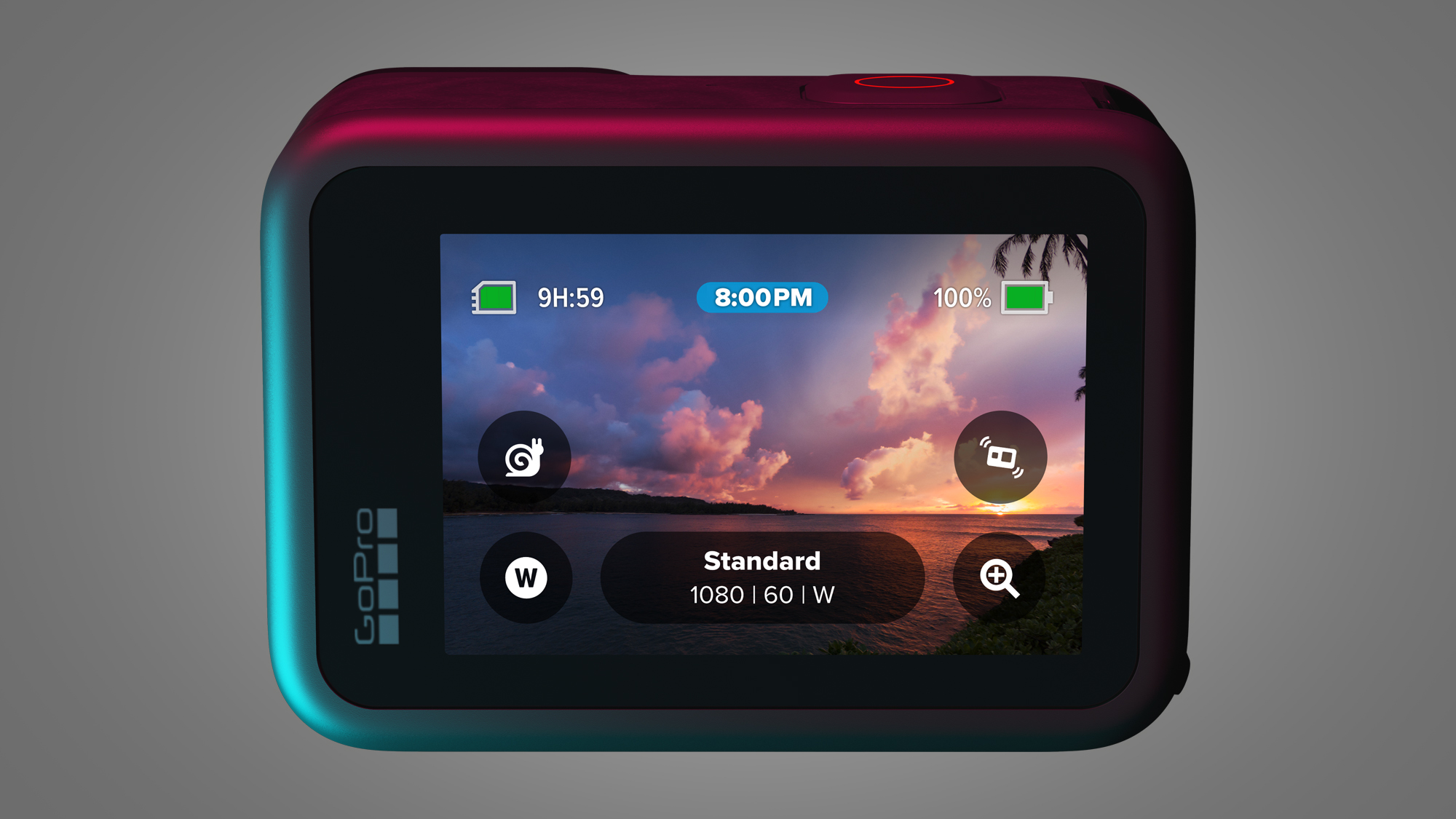
The problem is down to the software, and the processor that keeps that software ticking over. GoPro has used the GP1 processor in its cameras since 2017’s Hero 7 Black. It’s time for a change, and the situation is only made worse by the continuing development of the software. More features and complexity, run by more-or-less the same engine.
The DJI Osmo Action’s menu system feels more responsive than the GoPro Hero 9 Black’s and, much to our surprise, so did plenty of the budget models we used in our best cheap action cameras tests. They have much thinner interfaces, but that’s no real excuse when we, as the people using GoPros, have to put up with quite obvious lag and jankiness.
2. Larger sensor with better low-light performance
GoPros are great at lots of things, but like most action cameras their image quality tends to fall apart in low light. This is largely because they have small sensors, which have relatively low native light sensitivity thanks to their tiny pixels.
GoPro actually made the situation worse with the GoPro Hero 9 Black by increasing sensor resolution from 12MP to 23.6MP without increasing sensor size. Like other flagships GoPros, the 8 Black and 9 Black have 1/2.3-inch sensors. This is the size used by your average bog-standard compact camera, the kind no-one buys anymore.

Is GoPro likely to just bung in a bigger sensor? We don’t think so. GoPro used the Sony IMX277 for three generations of action cameras, the Hero 6 Black, Hero 7 Black and Hero 8 Black. It gets to know a sensor, working out ways to tease more out of it as other parts of the camera change year after year, rather than upgrading as soon as it can.
The GoPro Hero 9 Black was the first to use the Sony IMX677, and this decision will not have been taken lightly. There’s another clue as to why GoPro couldn’t simply slot in some of the much more impressive-sounding sensors used in phones.
The IMX677 is listed by Sony’s camera sensor division as a component for “DSCs” or digital stills cameras, as opposed to mobile phones. That there is an entirely separate category for small mobile sensors and small digital camera sensors suggests GoPro could not plug in the sensor from an iPhone 12 Pro Max or Sony Xperia 1 III. And according to the Sony sensor division’s product database, there is no next-gen IMX677 alternative yet.
Still, GoPro can certainly tease a lot more out of the IMX677. This sensor supports DOL-HDR, which lets it capture short and long exposure data during sensor readout, rather than sequentially shooting one frame, then the next, and merging them.
The GoPro Hero 9 Black has an HDR stills mode, but not HDR video. DOL-HDR allows for ghosting-free HDR, and the company’s reputation for great color-tuning suggests it will handle this better than the competition. Hopefully, we'll see this in the Hero 10 Black.
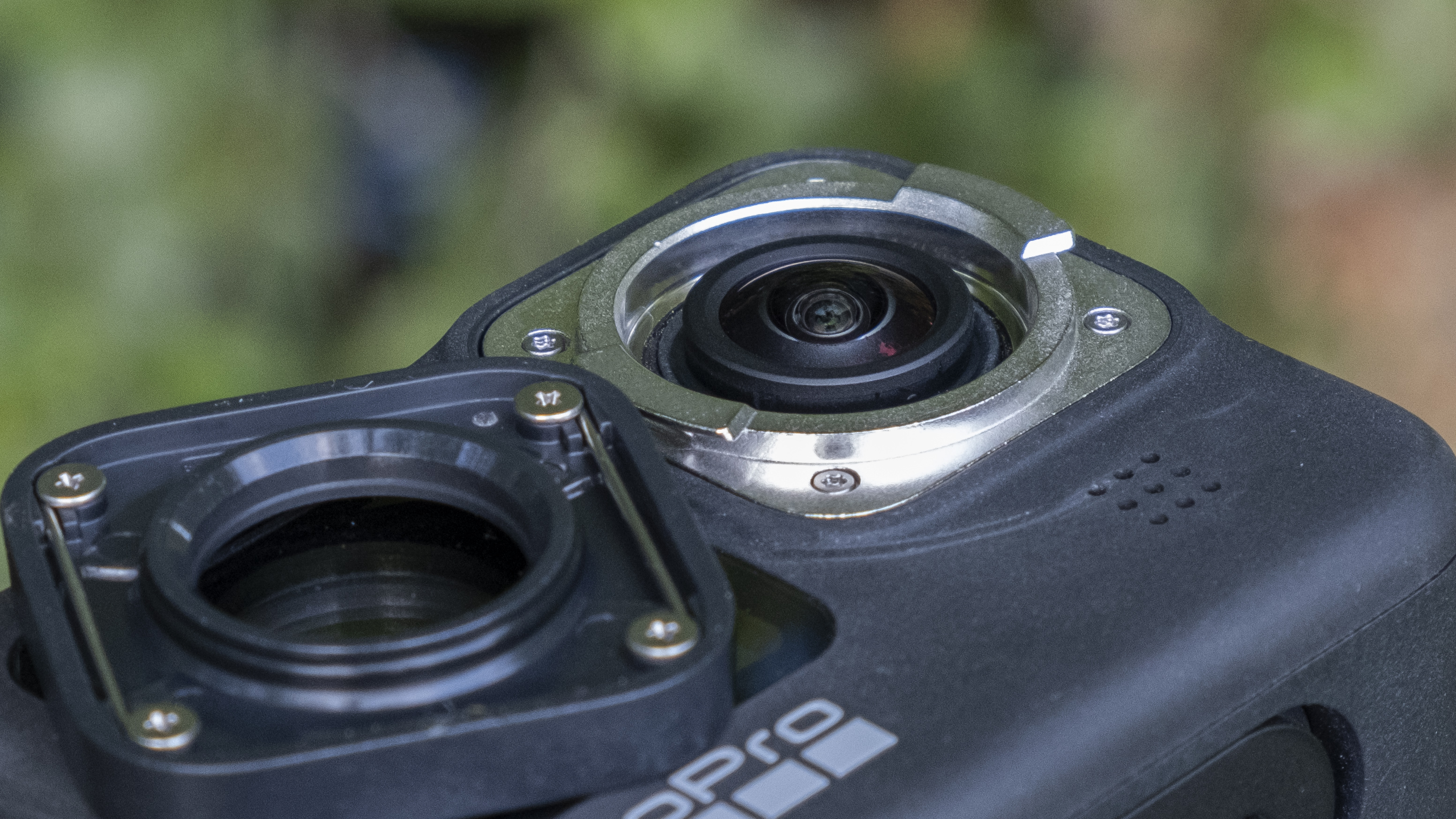
This is another reason for the Hero 10 Black to have a new processor, to allow for on-the-fly HDR video processing, and to get rid of the slow feel of capturing HDR stills. This could be a real focus for the new camera, letting it get rid of those blown out parts in cloudy skies.
DOL-HDR halves the effective frame-rate, but we think the Hero 10 Black could still manage 60fps at 4K resolution. More on that later.
The new processor will also likely see improvements to low-light image quality. However, we can’t expect massive leaps here if we are correct in assuming the Hero 10 Black will use the same sensor as the Hero 9 Black.
3. A 4K/120p mode
We encounter a similar problem with the suggestion the GoPro Hero 10 Black could have a 480fps or 960fps slo-mo mode. According to Sony’s documentation, you can only get that sort of frame rate out of the Sony IMX677 sensor by reducing the vertical resolution to 209 pixels. No thanks.
However, there is one big potential improvement here, 4K at 120fps. The Hero 9 Black taps out at 2.7K / 120fps. We’d take that sort of upgrade. However, it looks like 1080p will remain the cap for 240fps capture, unless GoPro introduces interlaced modes in the Hero 10 Black.
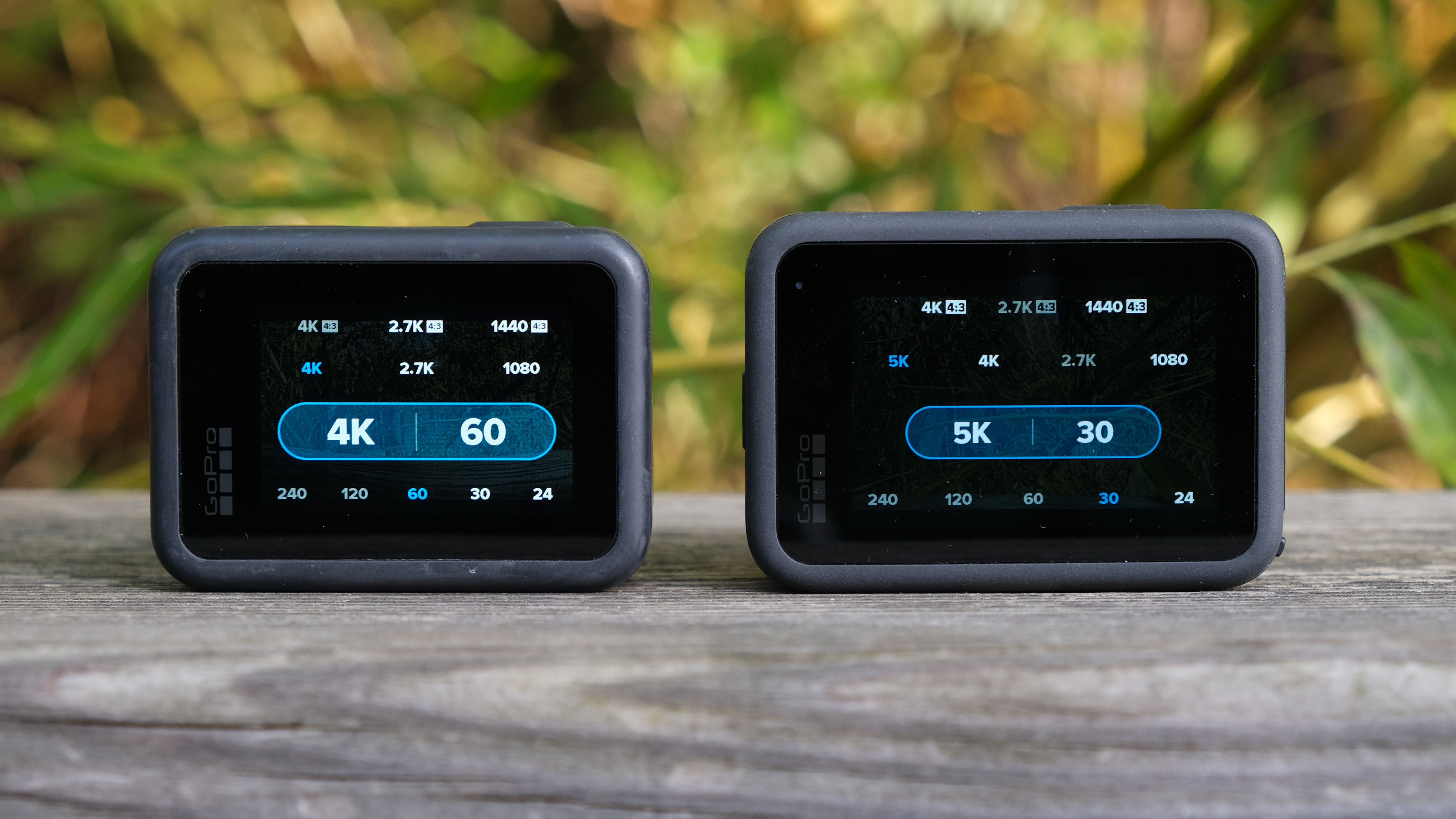
GoPro could theoretically add higher frame-rate modes without interlacing, but these would likely have to rely on frame interpolation unless the Hero 10 Black adopts a new sensor.
While this might be a neat add-on for the casual crowd, GoPro is unlikely to try using such techniques without making it clear what’s going on. For many, a GoPro is a professional tool, so ‘faking’ higher frame-rates and passing them off as the real deal seems an unlikely move.
4. An edge-to-edge rear screen
The most common complaint about the GoPro Hero 9 Black screen is its touchscreen responsiveness. We think that can be fixed with a new processor. But wouldn’t a slightly larger edge-to-edge display be nice?
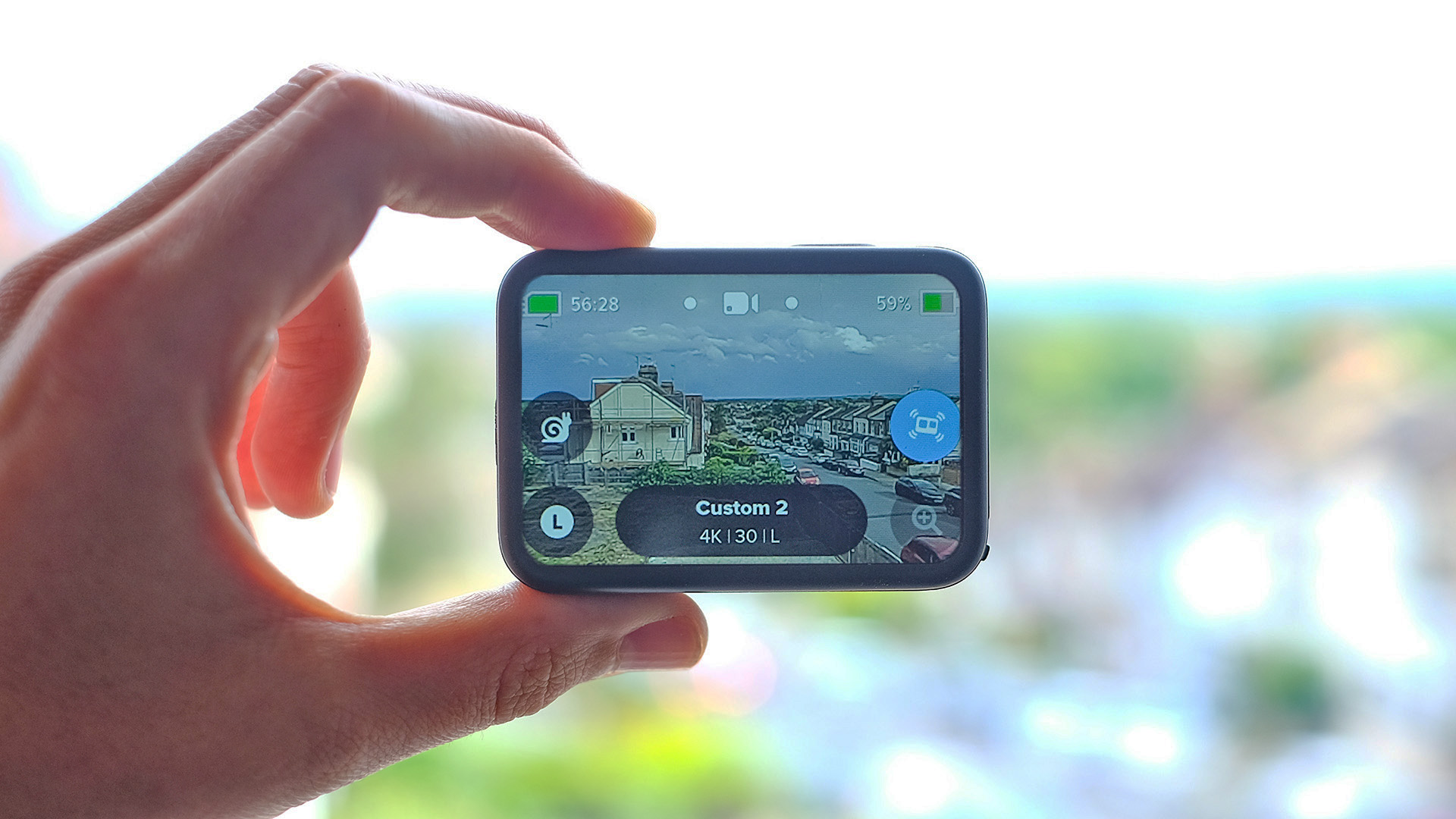
GoPro’s current Hero 9 Black has a 2.27-inch screen, very similar in size to the DJI Osmo Action’s 2.25-inch screen. And the latter is a smaller camera all-round.
A larger screen and software that feels more responsive would go a long way towards making the GoPro Hero 10 Black feel like a next-gen action cam. Even if it doesn’t have headline-grabbing features like 8K video.
5. Multicam support
Here’s a feature we haven’t needed ourselves, but is talked about regularly among hardcore GoPro fans. GoPro’s system does not have a built-in multicam support. This is what you use to live stream using multiple cameras at once.
You can get around this using third-party software like OBS Studio. But given GoPro offers live streaming through its own app, multicam seems an obvious feature to add in the future.
And one feature probably won't see: 8K video
If you’re expecting a big leap from the GoPro Hero 9 Black’s maximum 5K capture resolution, to 8K, we think you are going to be disappointed. The Sony IMX677 sensor does not have the required resolution for the job, which is 33MP in a 16:9 sensor or 40MP in a 3:2 sensor.
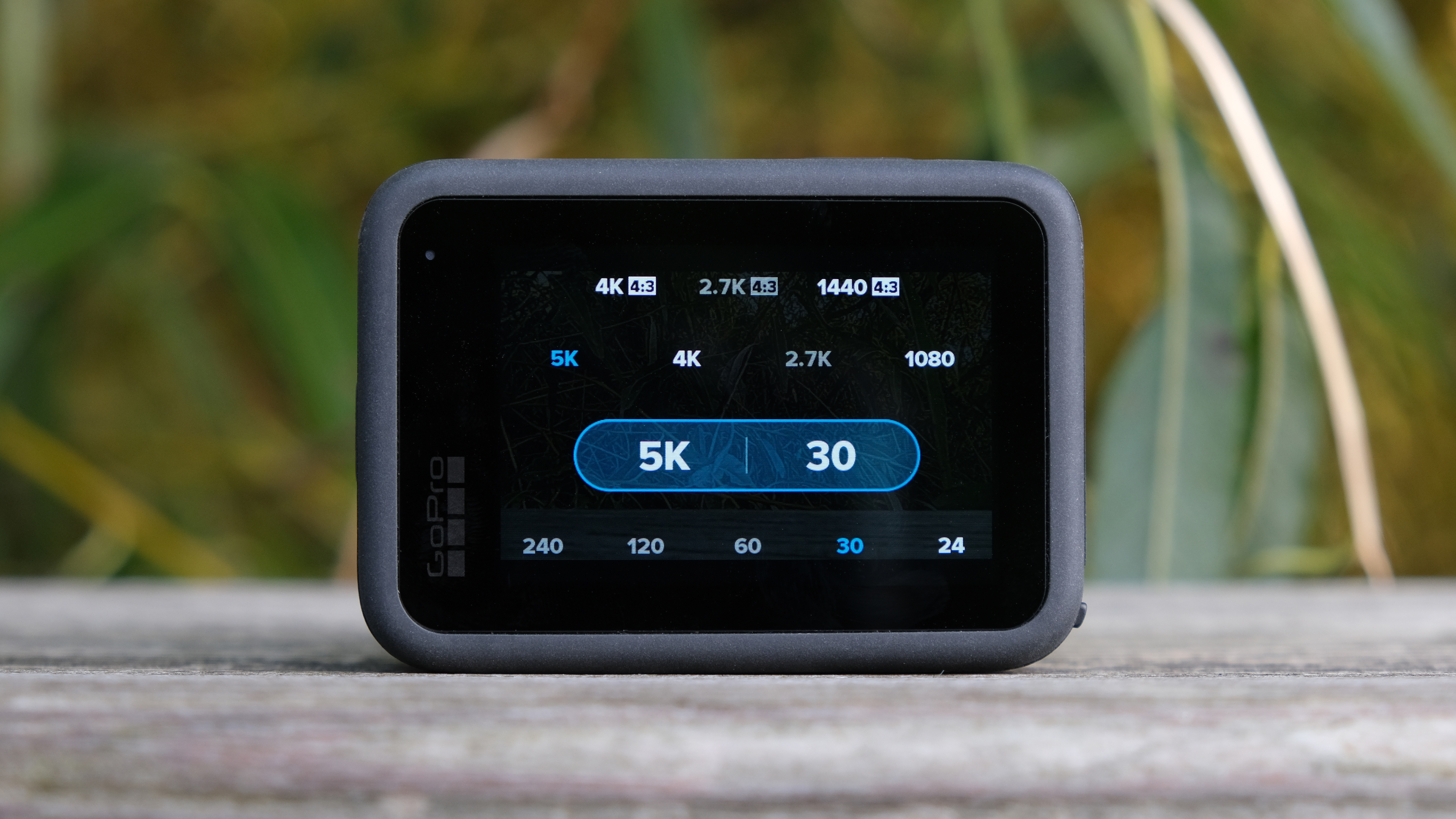
A sensor of that resolution at a 1/2.3-inch size is a horrible idea too, as the sensor pixels would be incredibly small. When GoPros do have 8K video, they will almost certainly have substantially larger sensors than the GoPro Hero 9 Black's.
GoPro already exploits the maximum sensor read-out resolution in its 5K mode. We expect to see this limit continue in the Hero 10 Black, although the frame-rate in this mode could theoretically be increased from 30fps to 60fps, with the help of a better processor. The sensor is certainly capable of it.
GoPro Hero 10 Black: early thoughts
Right now, we know next to nothing about the GoPro Hero 10 Black. But unless GoPro breaks its habit of using sensors for multiple generations of flagship action cameras, we know what we can realistically expect.
The GoPro Hero 10 Black may well be significantly more responsive, faster to boot up and use, than the Hero 9 Black. And the additional processing power may be used to unlock 4K video at 120fps and on-the-fly HDR video capture at 4K/60p.
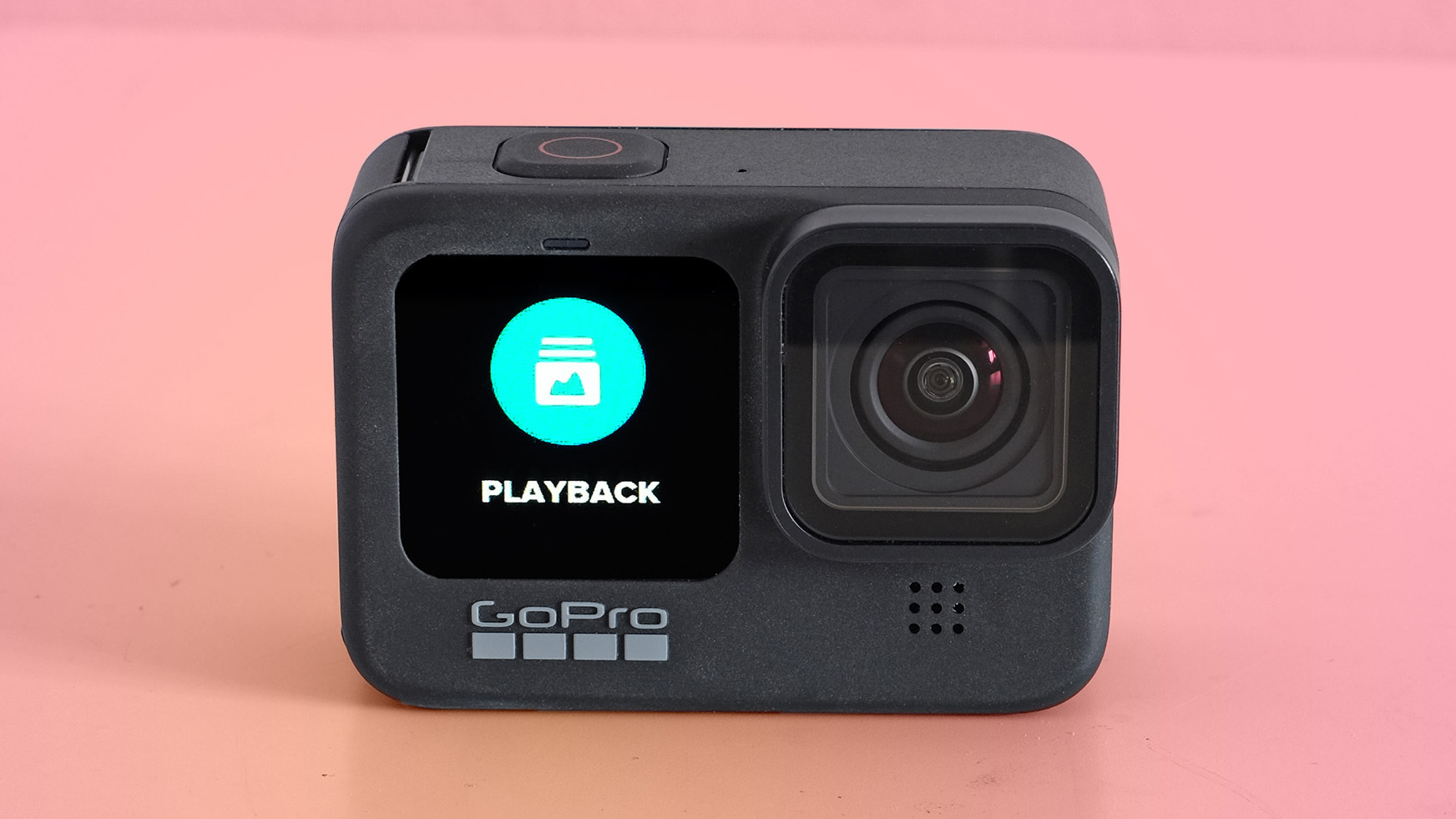
But we don’t think 8K capture is likely. We also don’t think it’s suddenly going to become radically better in low light (although a significant improvement may be possible). These changes may come with the next generation, when GoPro is more likely to switch sensors, having milked the Sony IMX677 more-or-less completely.
For this year's Hero 10 Black, then, we're more likely to see refinements to its image quality, usability and potentially its accessories too, in the form of innovation on the lines of the handy Max Lens Mod. That could well be enough to keep GoPro at the top of our guide to the best action cameras, but we'll reserve judgement until official news of its next flagship emerges.
- Check out our guide to the best GoPros you can buy right now
source https://www.techradar.com/news/gopro-hero-10-black/
0 Comments:
Post a Comment